Feb 10, 2025
Polyurethane (PU) is a versatile material that is used across various industries due to its durability, flexibility, and resistance to wear and tear.
One of the growing applications of polyurethane is in food processing and packaging, where it plays a vital role in ensuring safety and quality.
However, not all polyurethane is suitable for contact with food.
In this article, we will explore what food grade polyurethane is, its properties, and its uses in the food industry.
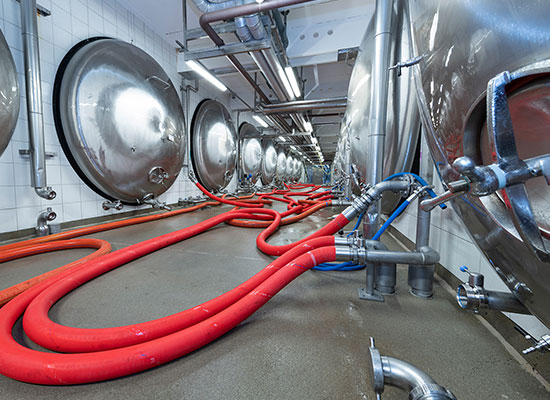
Food grade polyurethane refers to a specific type of polyurethane that meets strict health and safety regulations for use in food contact applications.
To be classified as food grade, the material must comply with standards set by food safety authorities such as the U.S. Food and Drug Administration (FDA),
the European Food Safety Authority (EFSA), or other relevant regulatory bodies.
These standards ensure that the material does not contain harmful chemicals or substances that could migrate into food and pose health risks.
Food grade polyurethane shares many properties with standard polyurethane but is manufactured with ingredients that are compliant with food safety regulations. Some of its key properties include:
Food grade polyurethane is formulated to be free of harmful chemicals such as BPA, phthalates, and other substances that are restricted for use in food-related products.
Food grade PU is known for its resistance to abrasion, moisture, and wear, making it ideal for environments where food processing equipment undergoes regular wear and tear.
It can also resist staining, making it easier to clean.
The material is highly flexible, which makes it suitable for applications such as conveyor belts, gaskets, seals, and tubing, where it needs to conform to varying shapes and sizes without losing its structural integrity.
Polyurethane can withstand a broad range of temperatures, making it suitable for both refrigeration and cooking processes, depending on the specific formulation.
Food grade polyurethane is designed to be easily cleaned, which is essential in the food industry where hygiene standards must be strictly followed.
Food grade polyurethane is used in various food-related applications. Some of the most common include:
In food processing plants, PU conveyor belts are used for transporting food items, especially in operations where hygiene is crucial.
Food grade PU’s smooth surface makes it easier to clean and reduces the likelihood of contamination.
Food grade polyurethane is used to manufacture gaskets and seals for food storage containers, packaging machinery, and processing equipment.
Its flexibility and resistance to moisture make it an ideal material for maintaining airtight seals.
Polyurethane is often used in food packaging materials, such as trays, wraps, and films. Its durability and resistance to punctures and tears help protect food products during storage and transport.
Food Processing Equipment: In machines used to process food, such as mixers, pumps, and grinders,
food grade polyurethane components ensure that the machinery does not introduce harmful substances into the food being processed.
Food-grade polyurethane is used for manufacturing flexible tubes and hoses for transporting liquids or air in food production systems.
Its resistance to wear and ability to withstand high pressures make it an ideal material for these applications.
For polyurethane to be considered food grade, it must undergo specific testing to meet regulatory standards. Some of the key certifications and standards include:
The FDA regulates materials that come into contact with food in the United States.
Food grade polyurethane must comply with the FDA’s regulations, specifically Title 21 of the Code of Federal Regulations (CFR) for indirect food additives.
In the European Union, food contact materials are regulated by EFSA, which assesses the safety of substances used in food contact materials.
The National Sanitation Foundation (NSF) certifies materials that meet hygiene and safety standards in the food industry.
Food grade polyurethane can be NSF certified for certain applications.
Choosing food grade polyurethane offers several benefits for food producers, processors, and manufacturers:
Ensuring that materials used in food-related applications meet safety standards helps protect both consumers and businesses from health risks and legal issues.
Food grade polyurethane is durable and long-lasting, reducing the need for frequent replacements and maintenance. This can help businesses save money in the long run.
The material is easy to clean and maintain, helping companies meet strict hygiene standards required in food processing.
Food grade polyurethane can be molded and shaped into a wide range of components, making it suitable for many applications in the food industry.
Food grade polyurethane is an essential material in the food industry, offering safety, durability, and flexibility for a wide range of applications.
Whether it’s used in food packaging, processing equipment, or conveyor belts, food grade PU helps ensure the safety and quality of food products while adhering to strict regulatory standards.
If you’re involved in the food industry, using food grade polyurethane in your operations can improve efficiency, reduce maintenance costs, and, most importantly, safeguard consumer health.
You May Interest In

Feb 24, 2025 Blog
How to Identify Hydraulic Quick Couplers?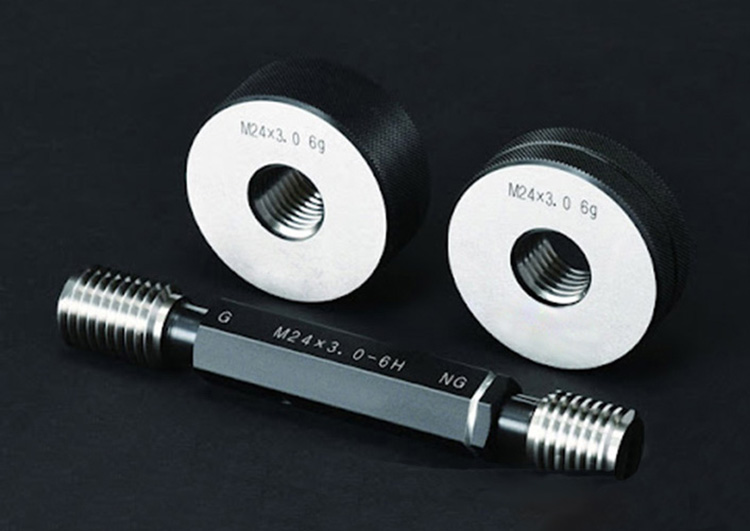
Jan 21, 2025 Blog
How to Measure Pipe Thread?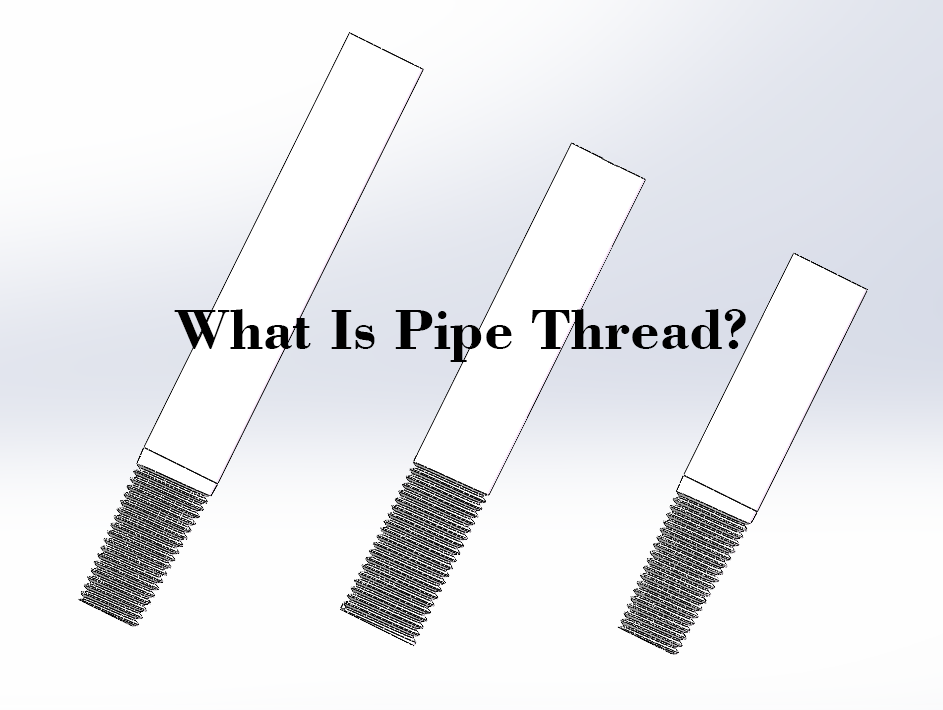
Jan 16, 2025 Blog
What Is Pipe thread?
Dec 04, 2024 Blog
Application Of Tube Fitting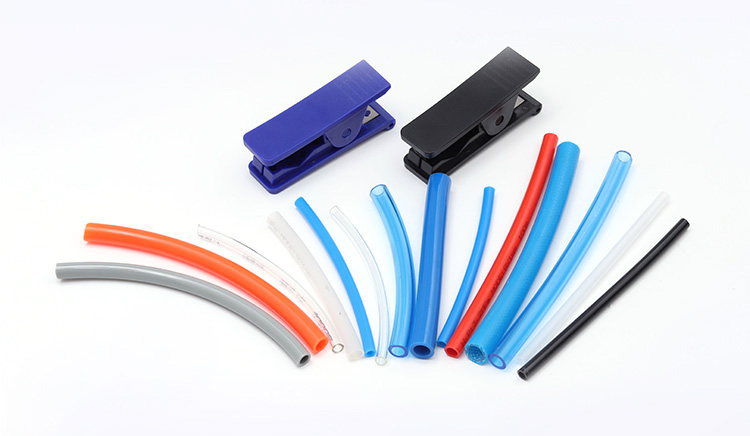
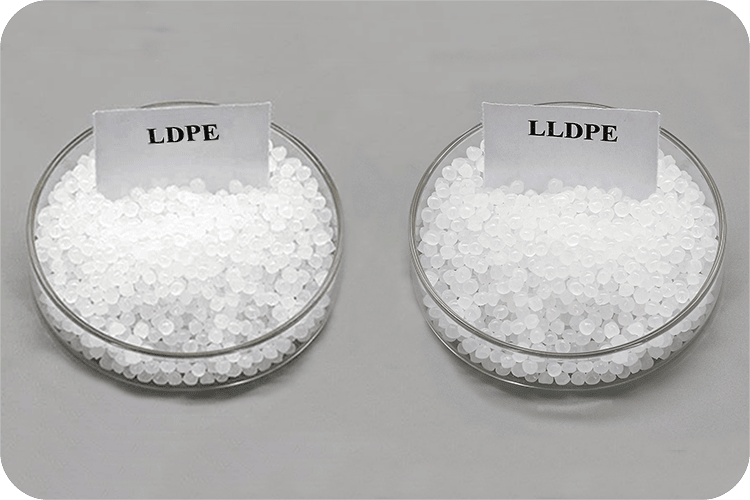
Jun 26, 2023 Blog
What Is The Difference Between LLDPE And LDPE?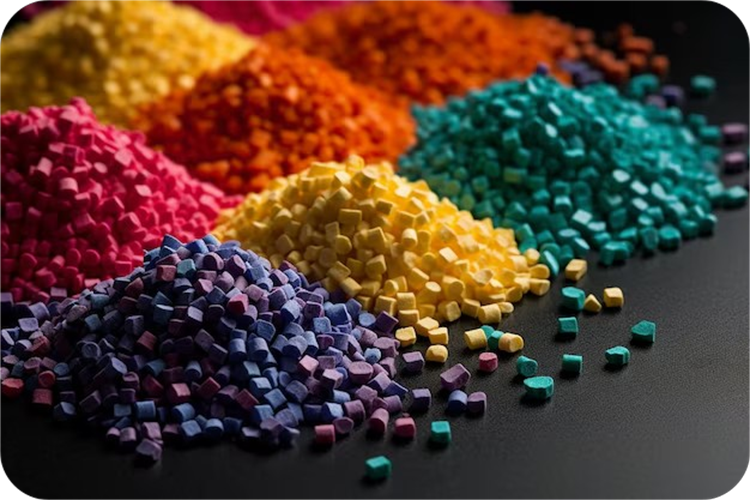
Jan 17, 2023 Blog
What Are The Classification Of Plastics?Links: www.fescolo.com(Pneumatic)
FOKCA ©1998-2025 All Rights Reserved Sitemap